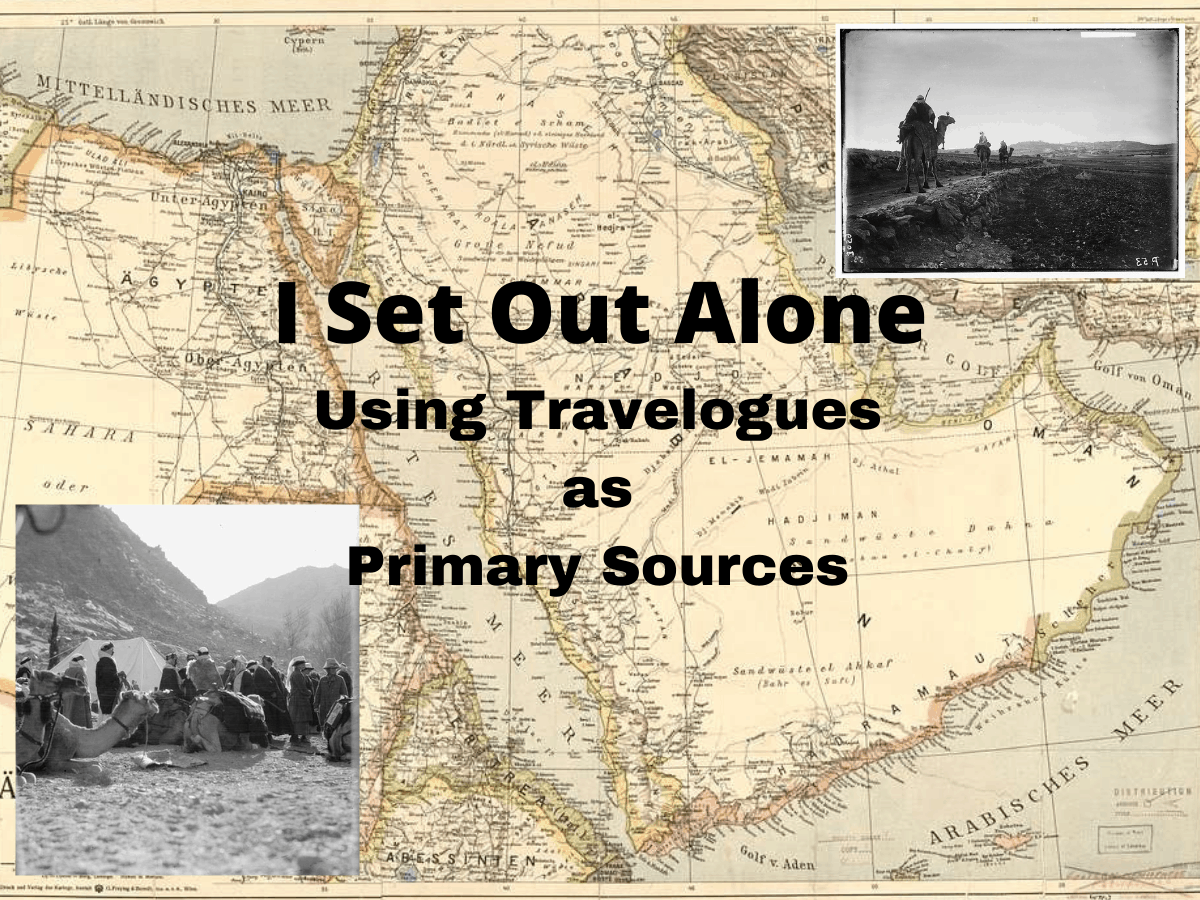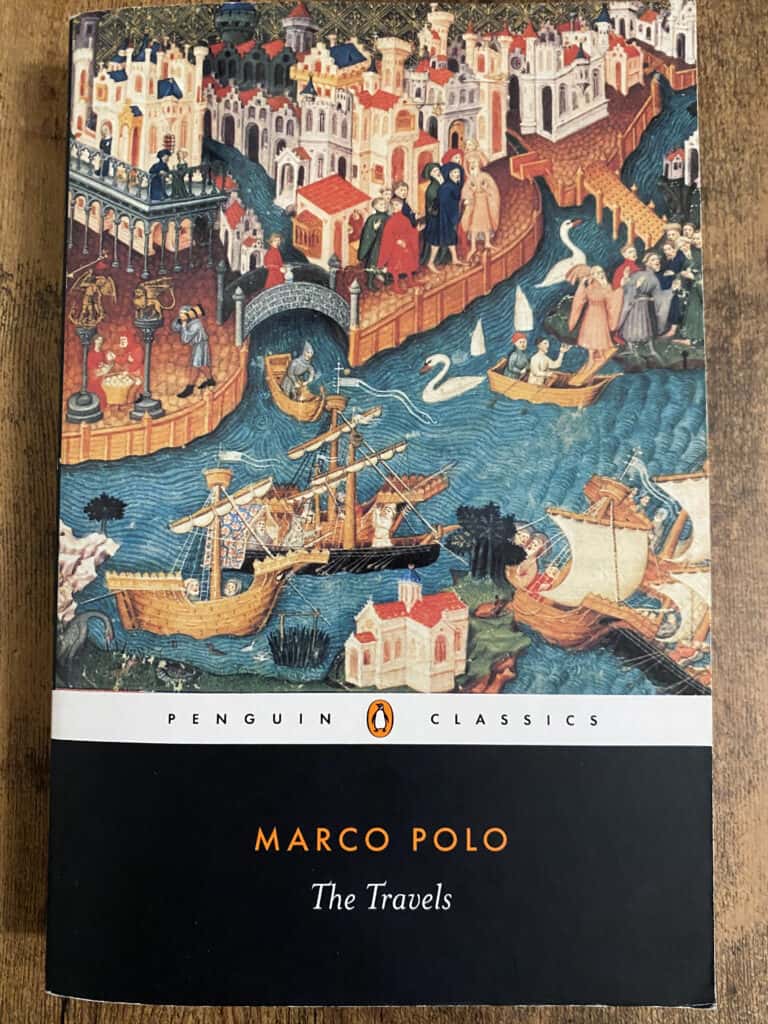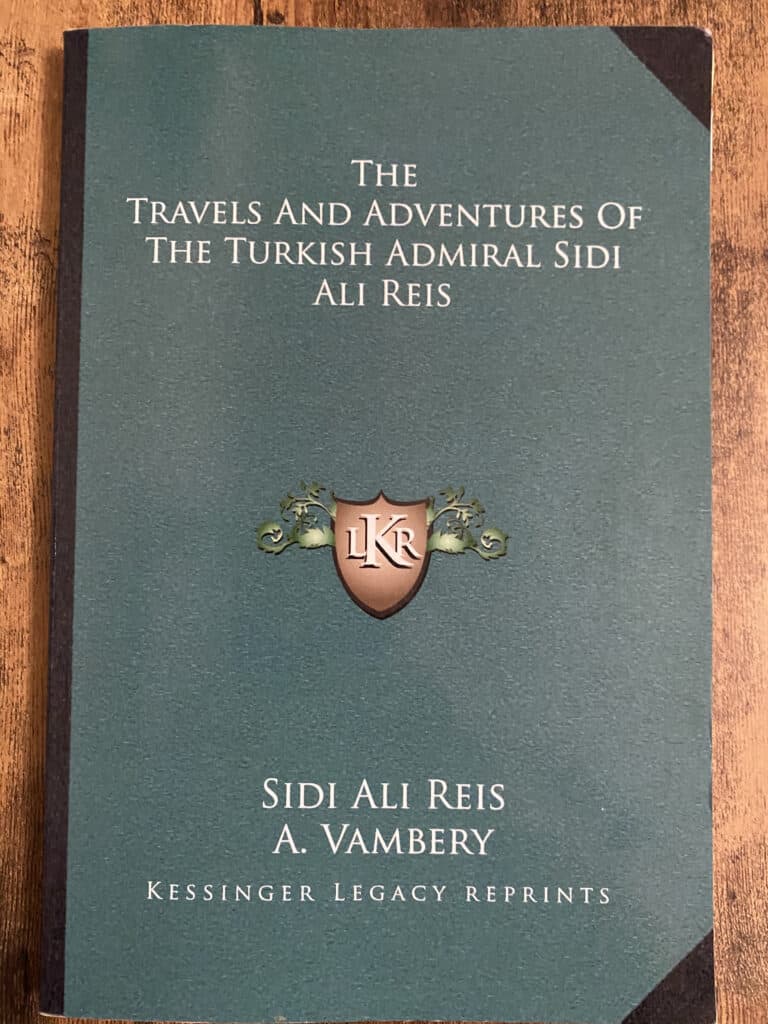Target Audience and Setting: This lesson is designed for a 9th grade Modern World History Class. It is the introductory lesson to a unit on “Colonialism in the Congo,” which uses the example of Belgian imperialism in the Congo as a case study on the effects of colonization, especially leading up to WWI.
Content: In this lesson, students will be introduced to the concept of imperialism, including its key characteristics and typical structure. Students will also be briefly introduced to the Belgians in the Congo as a case study of imperialism. This is important because imperialism was such a far-reaching system that has affected the present situation of many countries throughout the world, including our own. The Congo was a particularly violent example of imperialism that illustrates the harms and lasting damages inflicted by imperialism.
Process: I will be using an activity from Silver, Strong, & Perini’s 2007 book Strategic Teacher: Selecting the Right Research-Based Strategy for Every Lesson. The strategy I am using is called “Mystery,” and it requires the students to act as detectives and sort through clues to solve a key question.
- I will employ this strategy by first posing the question, “What are the defining factors of imperialism?” to the class.
- I will then give them a document with about 20 clues (pieces of information such as the names of colonizing and colonized nations as well as examples of imperialism such as the hands of Congo natives being cut off by their Belgian rulers or the spread of Catholicism to Latin America).
- Then, the students will be put into small groups. They will must then sort the clues into different categories based on similarities or what they believe the category is. They will eventually decide on what they think the defining factors of imperialism are based on the clues, and each group will rearrange the clues on Jamboard accordingly.
- As a whole class, the students will discuss their ideas and try to find consensus on what the characteristics of imperialism are, recording each other’s answers.
Resources for Lesson: The students will be given the following clues typed in a document and placed into a random order (not the order listed below):

Additionally, all students already have Google accounts through the school, so they will have access to a Google Jamboard that I will create. Each group will have their own page on the Jamboard.
Delivery Considerations: If this was an in-person class, I would literally cut out each clue, put them in envelopes for the students, and have them physically rearrange them according to their categories. However, because of the online format, I will provide the students with a Google Doc listing all of the clues from the section above (without the categories, of course!). The students will then work together on Google Jamboard to reorder the clues, dragging them into piles on the screen.









